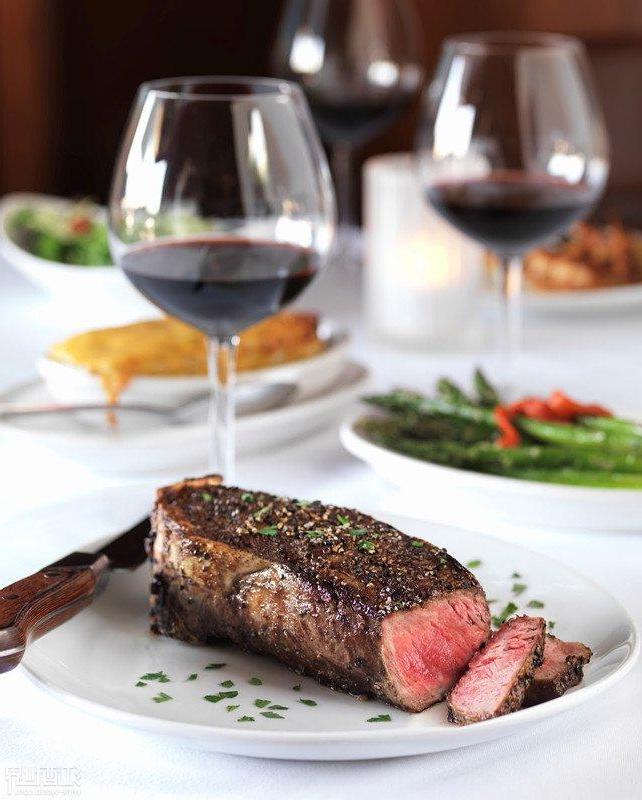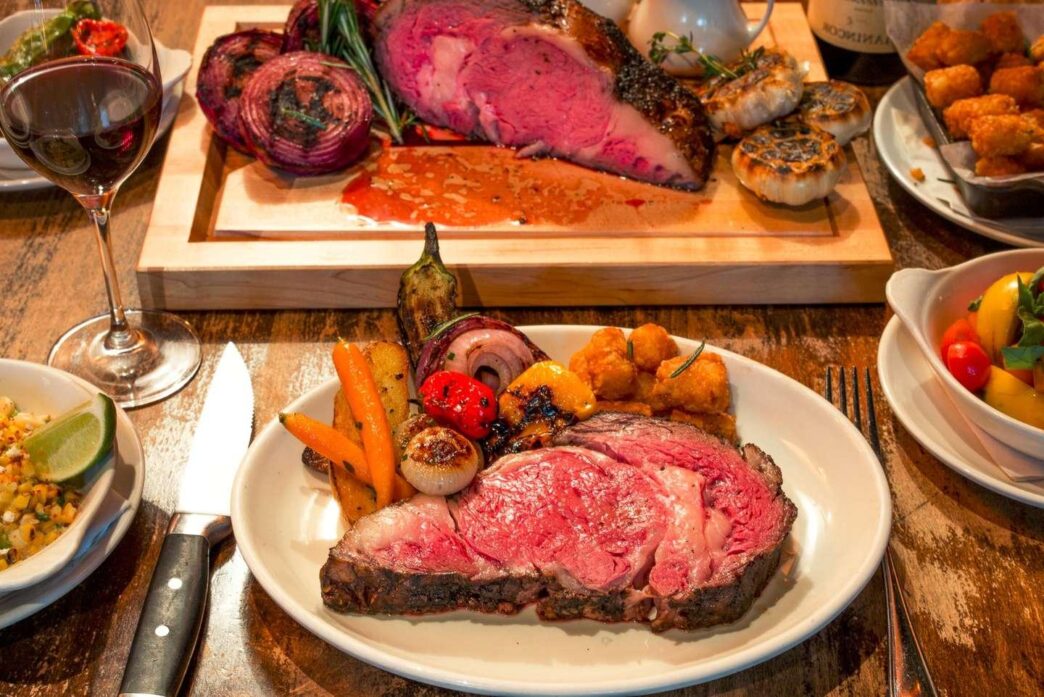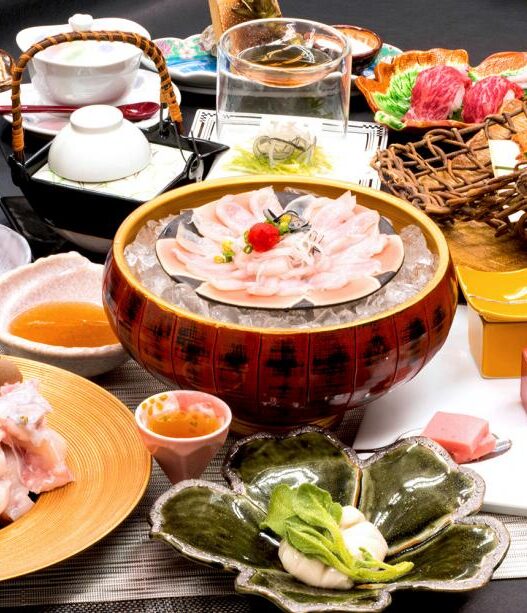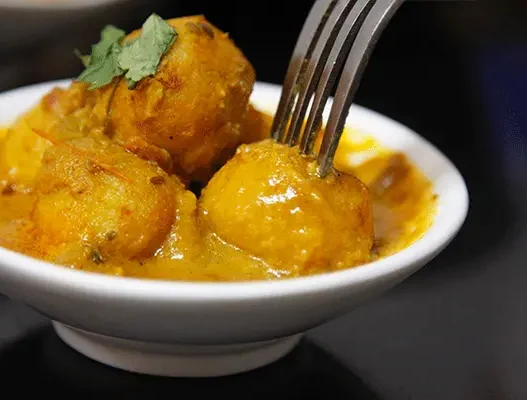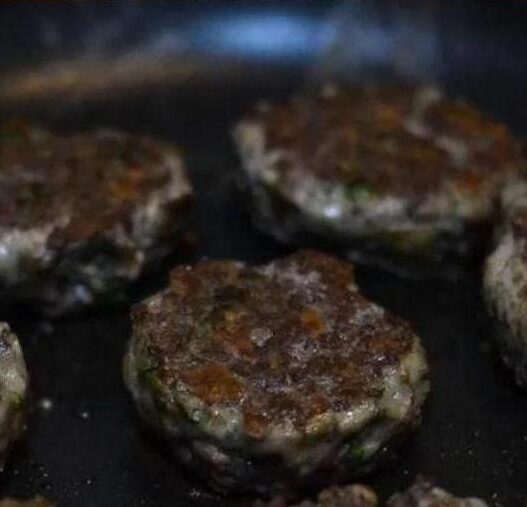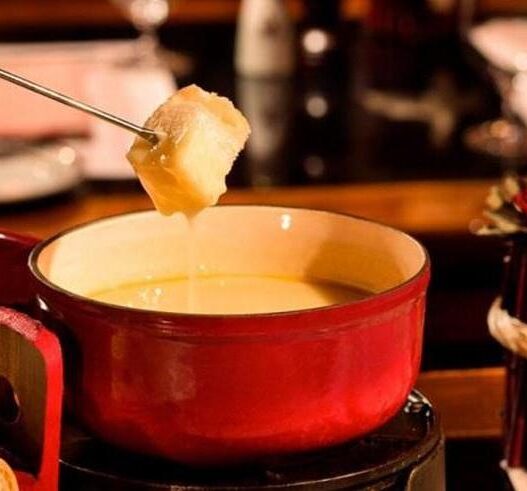Steak has always been a classic representation of Western cuisine. When people think of Western dining, the first image that often comes to mind is a scene of elegant violin music, candlelight, steak, and red wine. The fresh, enticing color, evenly distributed marbling, and the tender, juicy texture of steak are almost the ultimate taste experience coveted by all food enthusiasts.
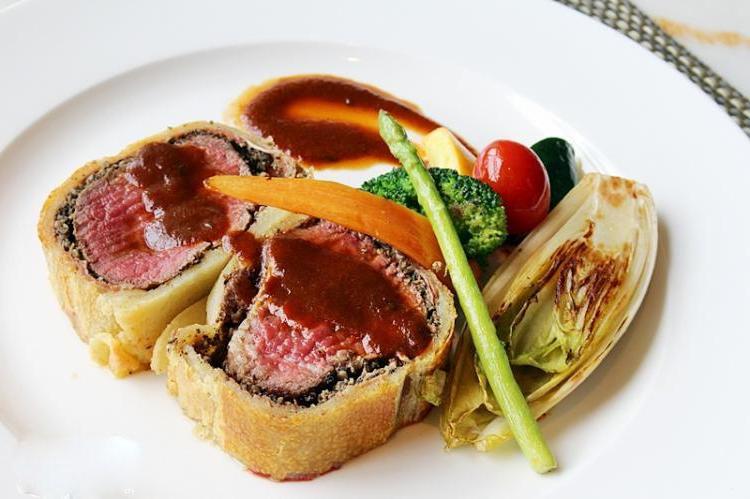
Many believe that steak was invented by Western cuisine, but in fact, steak originated in China. According to the “Book of Rites: Inner Rules,” there were beef delicacies like “Niu Zhi” (roasted steak), “Niu Kuai” (sliced beef in sauce), and “Niu Xiu” (beef strips). Beef symbolized bravery in China, so in ancient times, armies were often rewarded with beef and wine.
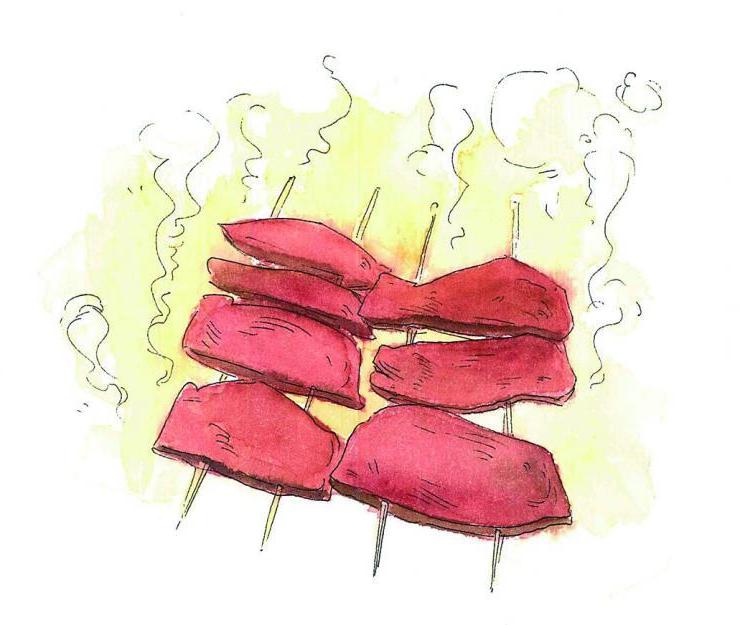
During the Middle Ages in Europe, beef consumption began to rise among nobility and was only enjoyed on special occasions. Noble beef was typically cooked with pepper and spices, which were equally esteemed at the time.

With the discovery of the New World, beef was brought to America by new settlers. Today, the United States has become the largest consumer of beef in the world, and steak is undoubtedly the most beloved way to enjoy it. In a Western restaurant’s menu, you’ll find a variety of steak options, and true connoisseurs choose their cuts based on preferred texture and flavor. If you don’t do your homework beforehand, not only might you suffer from “choice paralysis,” but you could end up ordering a steak you don’t like!
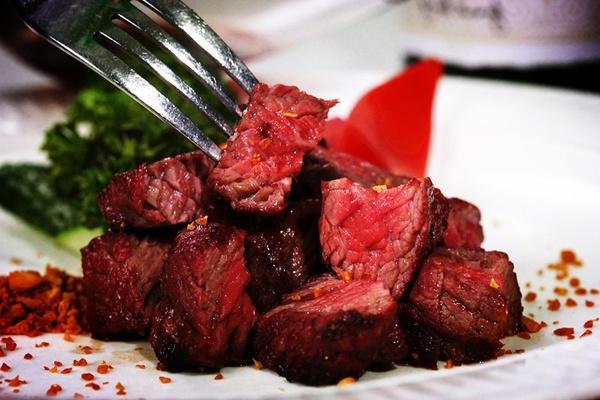
1. Quality of Beef
Like seafood, the freshness, origin, and grade of beef greatly influence its taste. Beef grades include: 5A, 4A, 3A, Prime, Choice, and Select, with five-star hotels typically only using 5A and 4A beef.
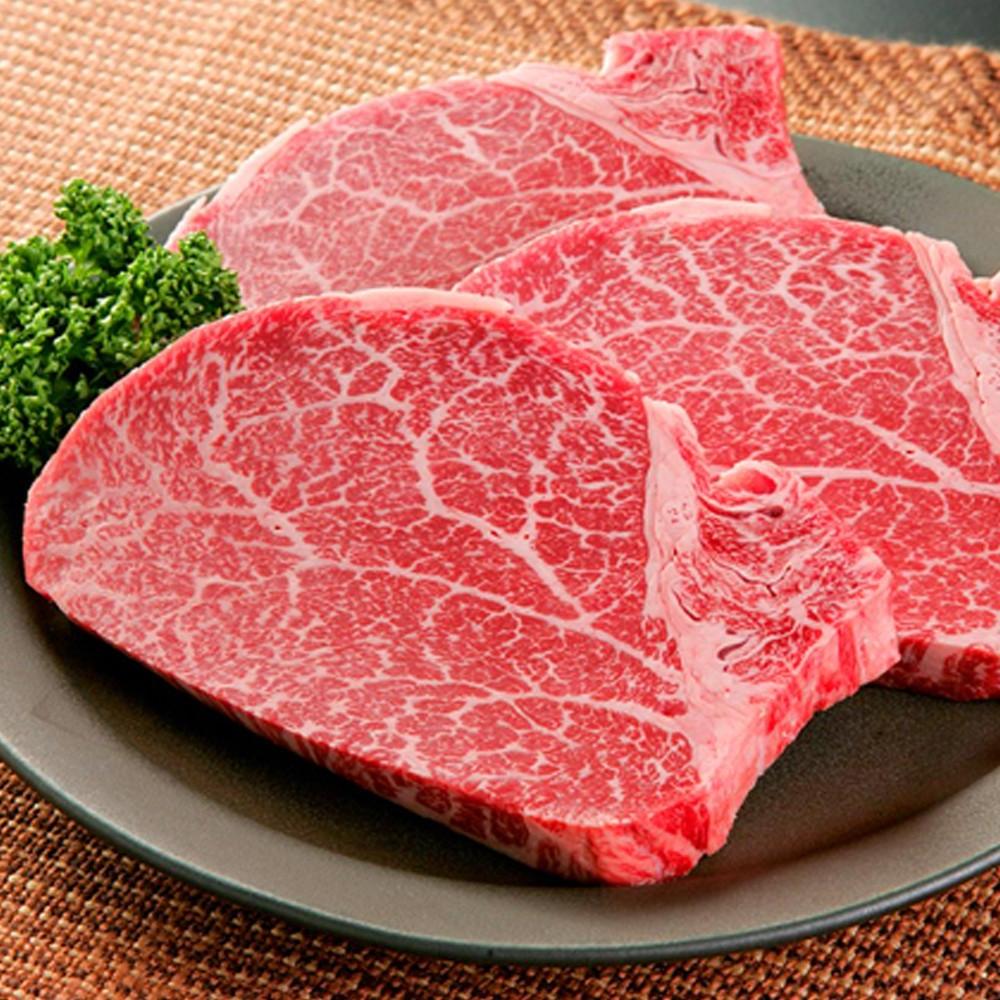
High-end Western restaurants, although pricier, source their beef primarily from North America and Australia, ensuring top quality.
2. Types of Steak
Fillet Steak (Fillet) – Also known as tenderloin or sirloin, it’s taken from the cow’s waist. Each cow has only a small strip because it’s less exercised, making it the tenderest part of the spine. The meat is lean with almost no fat, making it the prime choice for steak. However, due to its leanness, it lacks chewiness and can become tough if overcooked, making it ideal for those watching their figure, the elderly, and children.
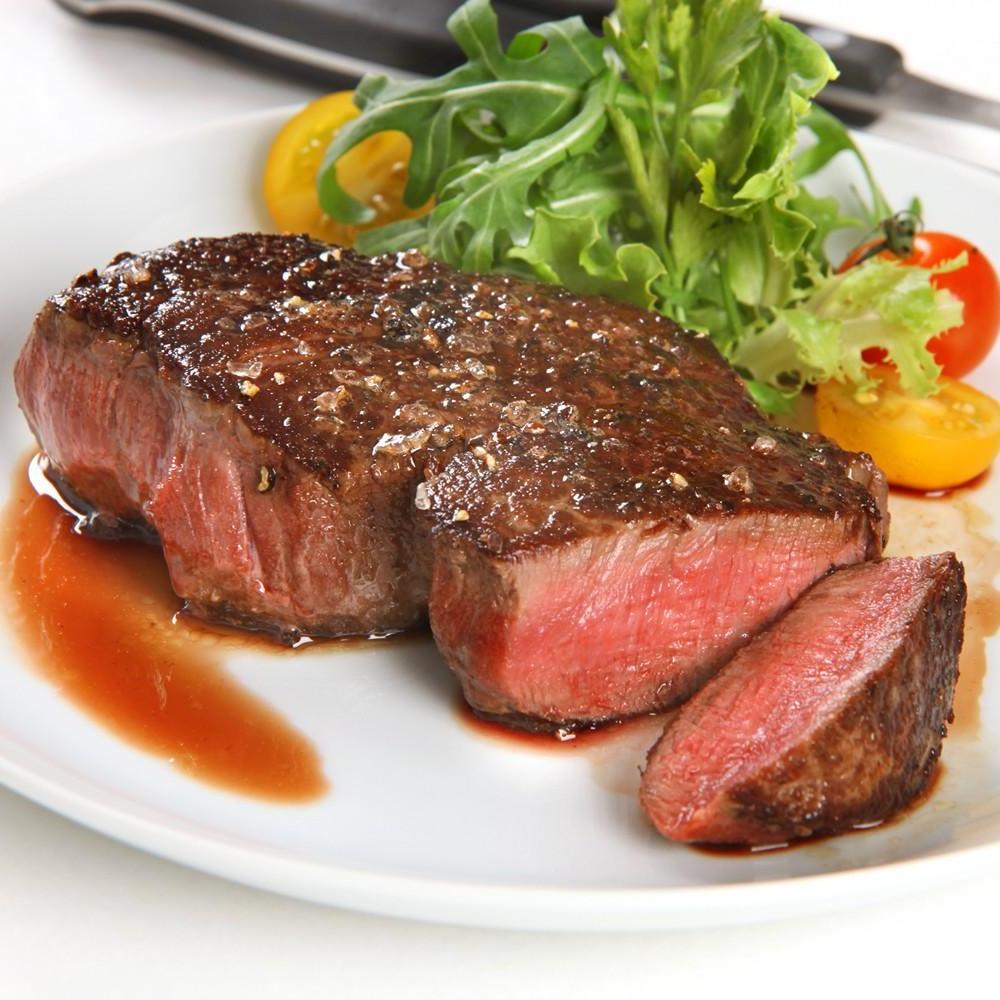
Sirloin Steak (Sirloin) – Also known as strip steak or “New Yorker,” it’s one of the most common steaks, even found at Pizza Hut! Sirloin is typically taken from the tender meat along the cow’s back, but the New Yorker cut is similar to fillet, sourced from the cow’s waist.
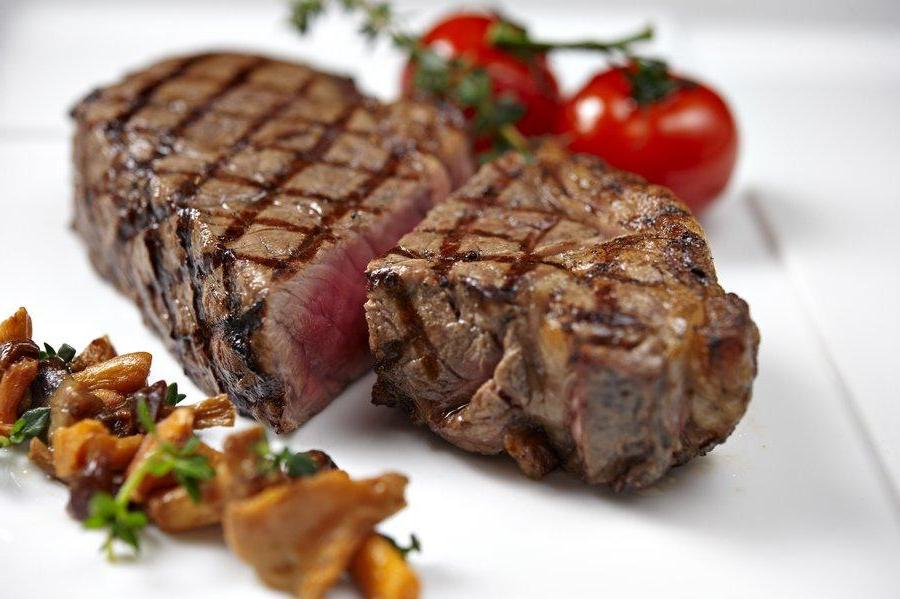
T-Bone Steak (T Bone) – Meat taken from the rear of the cow’s waist with a bone in the shape of the letter “T,” dividing the steak into two parts. One side is the robust and juicy sirloin, and the other is the tender, lean fillet. Since you get to enjoy two different flavors, it’s pricier. Many steak enthusiasts with big appetites opt for the T-Bone.
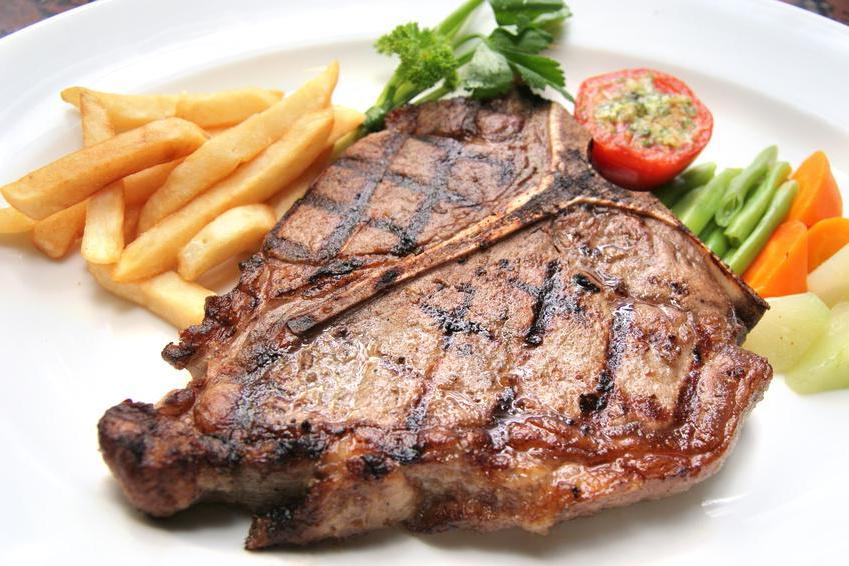
Rib Eye Steak (Rib Eye) – A favorite among connoisseurs, it’s taken from between the 6th to 12th ribs, also known as “bone-in rib.” This is where the term “marbling” comes from. The main feature of this cut is its rich marbling, offering a tender, juicy texture with a chewy fat cap, making it smooth and flavorful. If your taste buds demand more than your physique, go for a Rib Eye.
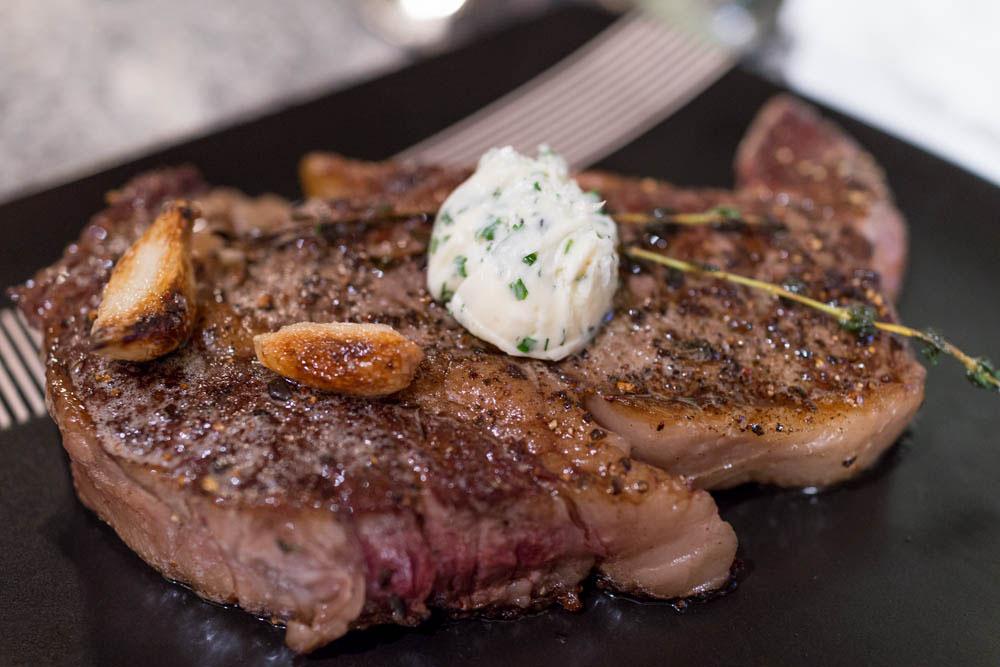
Short Rib/Baby Rib (Short Rib) – Taken from the 6th and 7th ribs in the cow’s chest cavity. This cut is meaty, with bone and tendon, making it tender, flavorful, and chewy. Importantly, Short Ribs can be cooked to well-done, allowing even those averse to rare meat to enjoy it.
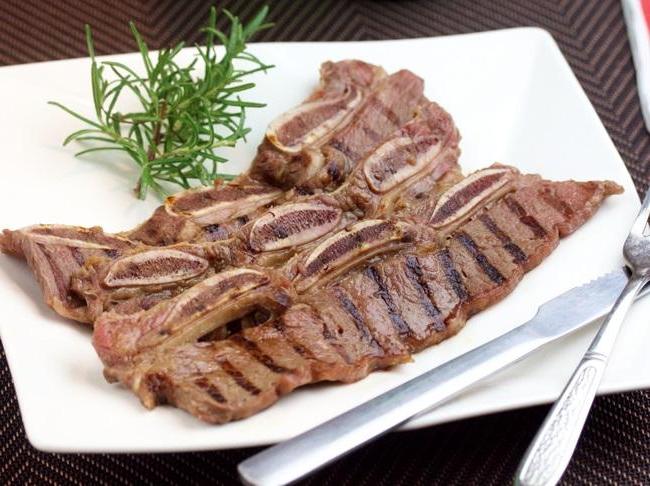
Apart from these common cuts, many budget-friendly Western restaurants also offer chuck, flank, brisket, and neck, which, when cooked well, are also delightful choices.
3. Doneness of Steak
Common levels of doneness include blue rare, rare, medium rare, medium, medium well, and well done:
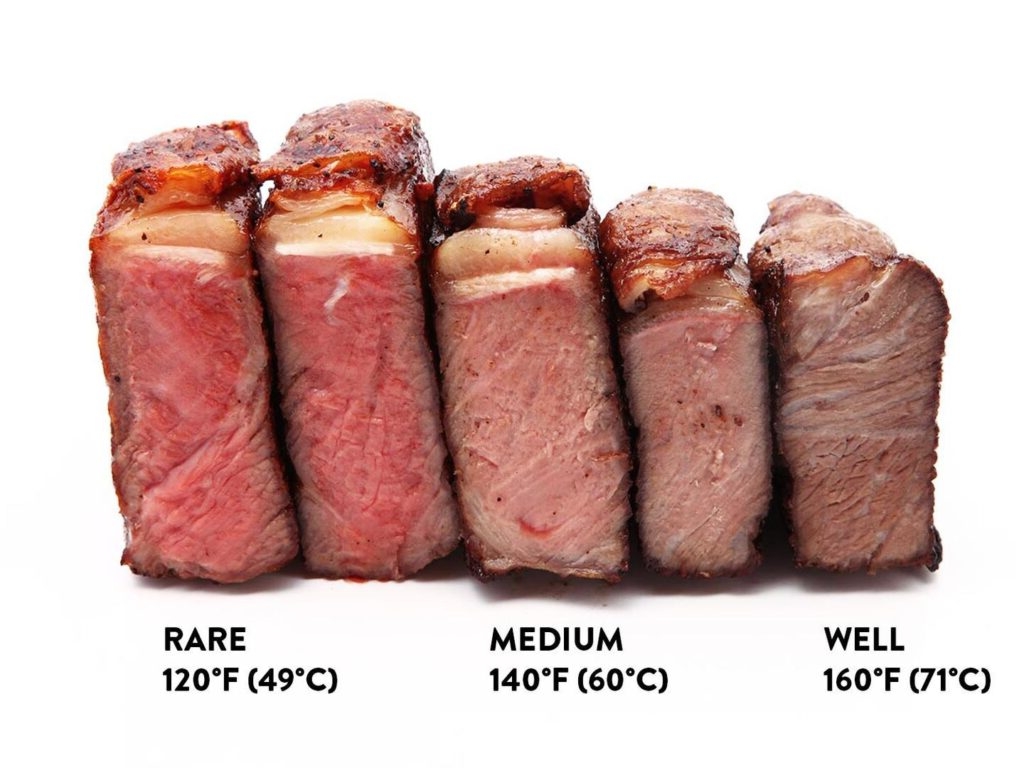
Blue Rare/Very Rare – Typically chosen by those with extreme tastes, it’s almost raw, with just a brief sear on the outside for no more than 3 minutes, leaving the inside cold with blood oozing out when cut.
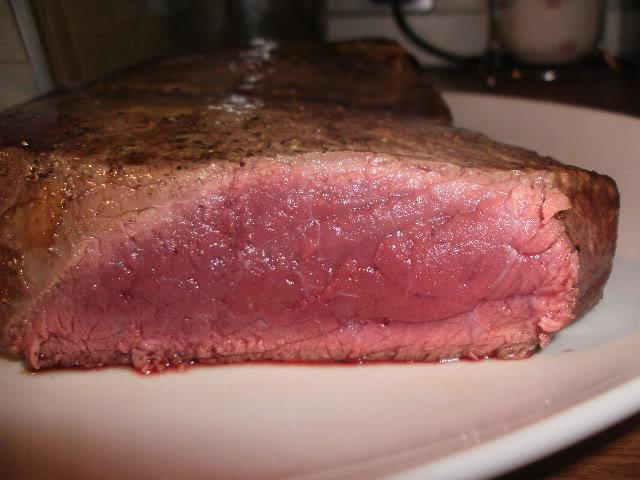
Rare – 75% red meat, seared for no more than 4 minutes, with a charred exterior, but the interior is still blood-red and oozes blood when cut, though it’s slightly warmer to the touch.
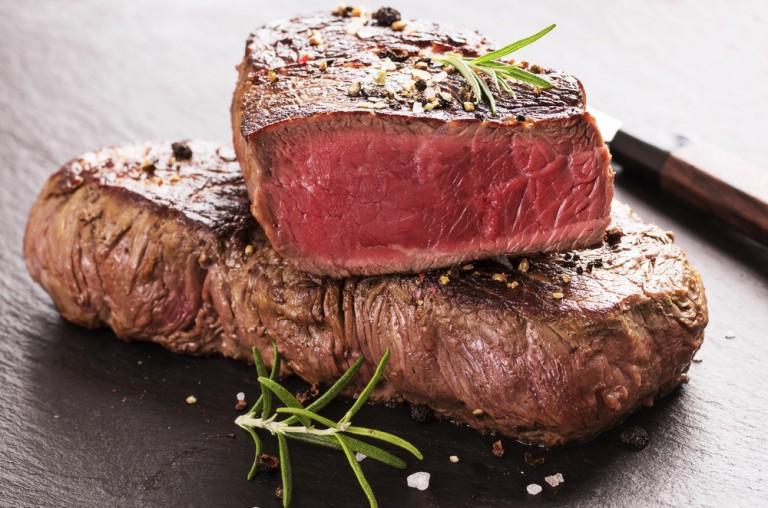
Medium Rare – 50% red meat, requiring 6-8 minutes of cooking, the inside turns a pinkish-red with minimal blood, and the meat is much warmer.
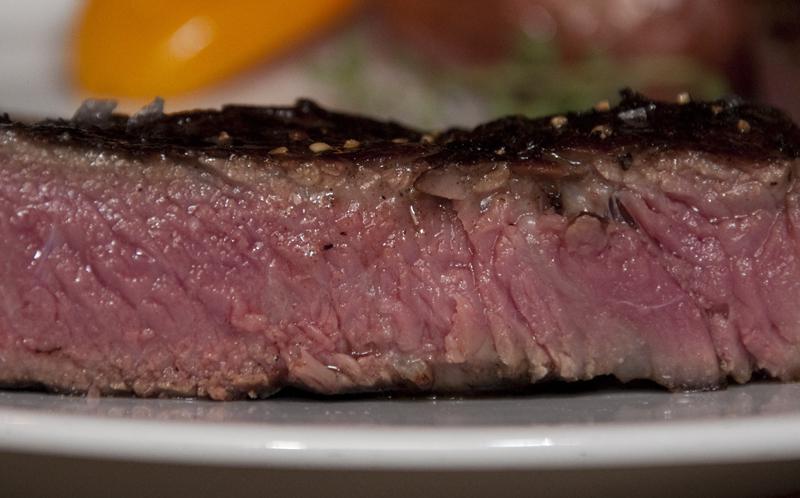
Medium – 25% red meat, cooked for 8-10 minutes, ideal for beginners. The exterior is dark brown, and the inside is a deep pink, with brown juices flowing when cut. The meat needs a few chews to swallow.
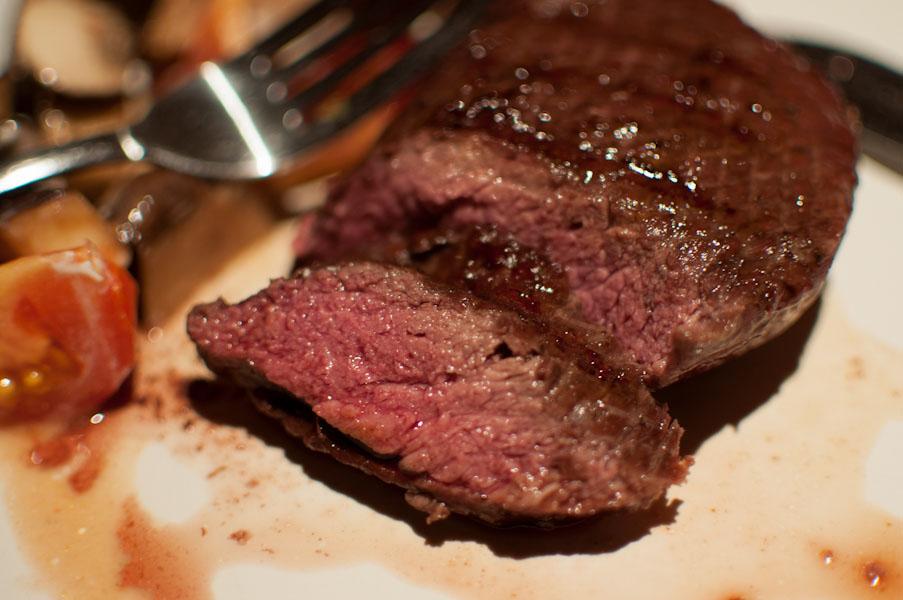
Medium Well – Less than 10% red meat, cooked for 10-12 minutes, almost fully cooked, with only a hint of red in the center, requiring more chewing.
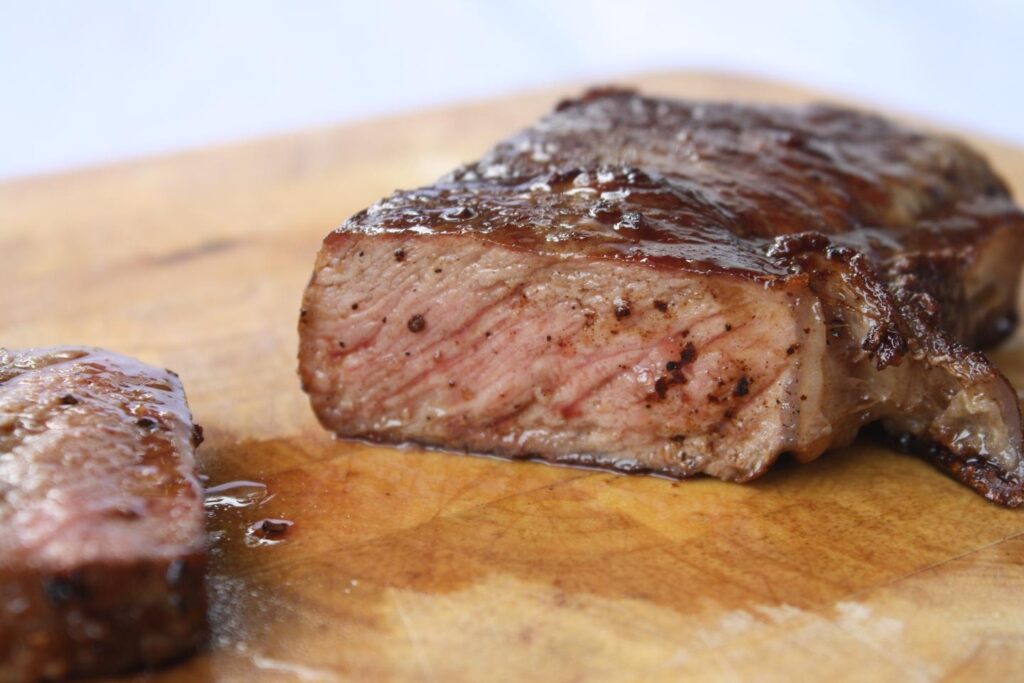
Well Done – No red meat, cooked for 12-15 minutes, with a visibly charred exterior and a dark brown interior, demanding strong teeth.
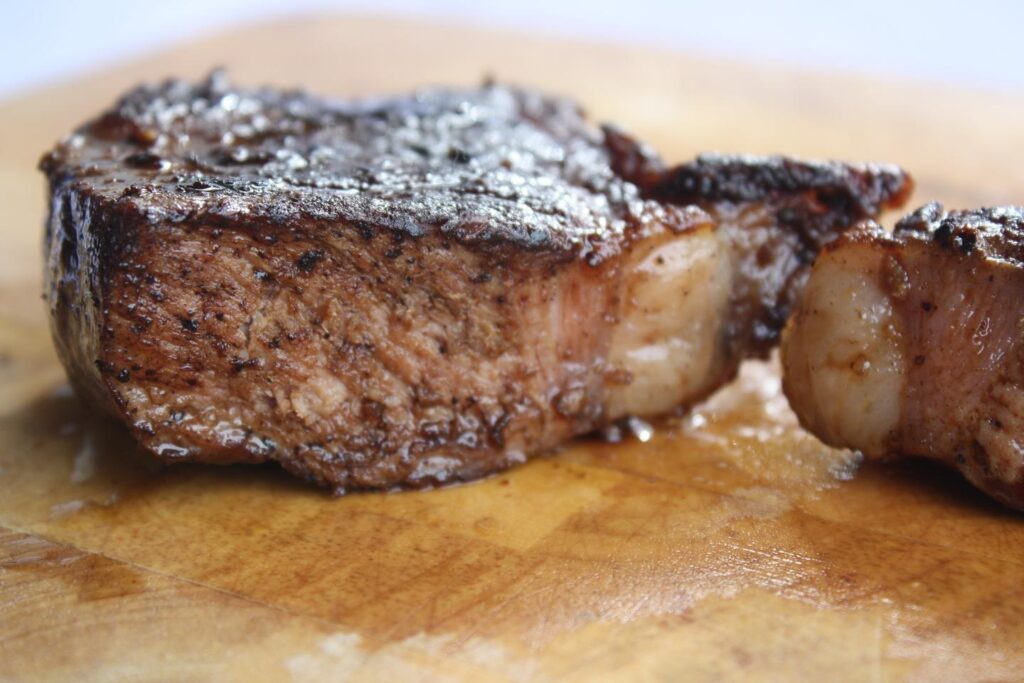
4. Steak and Wine Pairing
Steak and red wine are a match made in heaven!
- The lower the doneness of the steak, the less tannin the wine should have;
- The more fat in the steak, the more robust the wine should be;
- For steaks with a high degree of charring, pair with sweeter wines;
- If the steak is served with a rich sauce, pair it with a full-bodied, aromatic wine.
